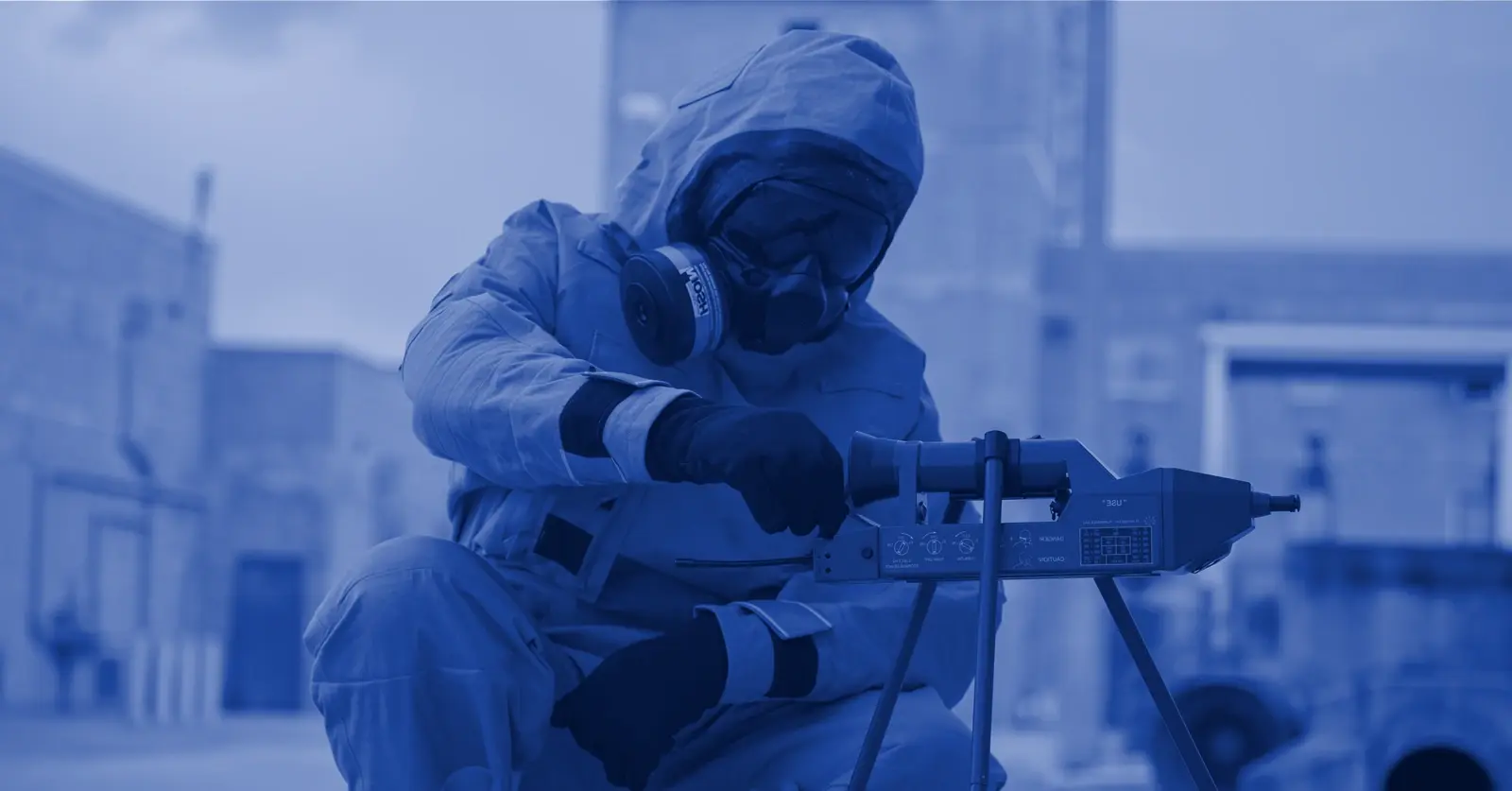$
Nerve Agents and Novichoks: Chemical Threats Beyond the Battlefield
Proengin

Chemical agents were once viewed solely as weapons of mass destruction, designed for large-scale deployment on battlefields. Since the end of the Cold War, however, their role has dramatically evolved. No longer limited to military conflicts, these substances are now used in targeted operations (surgical strike), including assassinations, covert actions, acts of state-sponsored terrorism, and even incidents related to drug trafficking and public health.
This shift signals the emergence of a new chemical threat landscape—one defined by discretion, lethality, and deniability. It challenges the detection capabilities and readiness of first responders, special forces, military units, and HazMat teams around the world.
PBAs & Novichoks: From Medicine to Weaponization
Originally developed for medical use in anesthesia and pain relief, Pharmaceutical-Based Agents (PBAs) such as fentanyl and carfentanil have been diverted from healthcare settings and weaponized for covert incapacitation or assassination. Their physical state—often solid—makes them easy to disperse as aerosols or particulates, creating a severe inhalation risk. They are also highly potent: a few micrograms can lead to unconsciousness or death in minutes.
These agents are persistent in the environment, increasing the likelihood of secondary exposure. Many are chemically complex, often undetectable by conventional detection technologies that rely on substance-specific libraries (One of the major problems with opioids is the number of fentanyl derivatives [more than 14,000 according to the CDC], which makes it difficult to use identification tools based on a library as a first approach). Sampling and detection become even more difficult when multiple agents are combined, as is often the case in criminal or terrorist use.
In parallel, Novichoks—classified as fourth-generation nerve agents—have emerged as a particularly insidious threat. Developed in secrecy during the Soviet era, they are designed as binary agents, meaning they are stored separately and only become toxic when mixed, making them safer to handle and harder to detect. Some variants can penetrate chemical protective clothing and remain undetectable by standard analytical tools, while their effects can be both immediate and delayed. Novichoks exemplify the evolution of chemical threats: highly lethal, discreet, and persistent.
Escalation of Targeted Chemical Attacks
In recent decades, chemical agents have been deployed in increasingly precise and deliberate attacks with significant geopolitical consequences. Examples include:
• 1995 – Ivan Kivelidi, assassinated with a chemical agent, with his secretary, Zara Ismayilova, fatally exposed.
• 2015 – Emilian Gebrev, targeted in Bulgaria, has secondary exposures to his colleagues.
• 2017 – Kim Jong Nam assassinated with VX-2 (binary version of VX) at Kuala Lumpur airport.
• 2018 – Skripal poisoning in the UK with Novichok.
• 2020 – Navalny, another Novichok case, highlighting the persistence and lethality of these agents.
These incidents blur the boundaries between warfare, terrorism, and organized crime. They underscore two critical realities:
First, symptoms may appear immediately or be delayed, particularly when skin exposure is involved—making diagnosis and medical response more complex.
Second, exposure is rarely contained. These agents persist in the environment, frequently leading to secondary victims (e.g. Skripal poisoning) and long-lasting contamination.
Modern Threats: Why are highly-detection technologies required?
Modern chemical threats are easy to produce (opioids), difficult to detect, and highly toxic at low concentrations. Their ability to last a long time, spread quietly through the air or aerosols, and come in mixed or solid/liquid forms makes them a serious danger, especially to important buildings, government sites, and major public events, along with risks from terrorist attacks, conflicts, political unrest, and health problems related to drug trafficking.
To face these threats, first responders must be equipped with highly sensitive, universal detection solutions—capable of detecting trace amounts of known and unknown agents across all physical states.
Our commitment to detection, Protection, and Readiness
At Proengin, we are committed tosupporting those on the front lines thanks to our open detection solution of known and emerging threats, no dependence on pre-loaded libraries, high sensitivity field detectors, and sampling and vapor concentration tools like the headspace sampler and S4PF sampling solution. We offer a complete ecosystem of solutions designed to address today’s and tomorrow’s threats—keeping teams ready, protected, and informed.
Want to learn more? Join our upcoming Proengin Academy webinar on HazMat/CBRN Sample Collection & Presentation for operational insights and real-world case studies.
Have questions or need to strengthen your team’s detection capabilities?
Contact us to learn more about the most advanced chemical detection solutions on the market.
